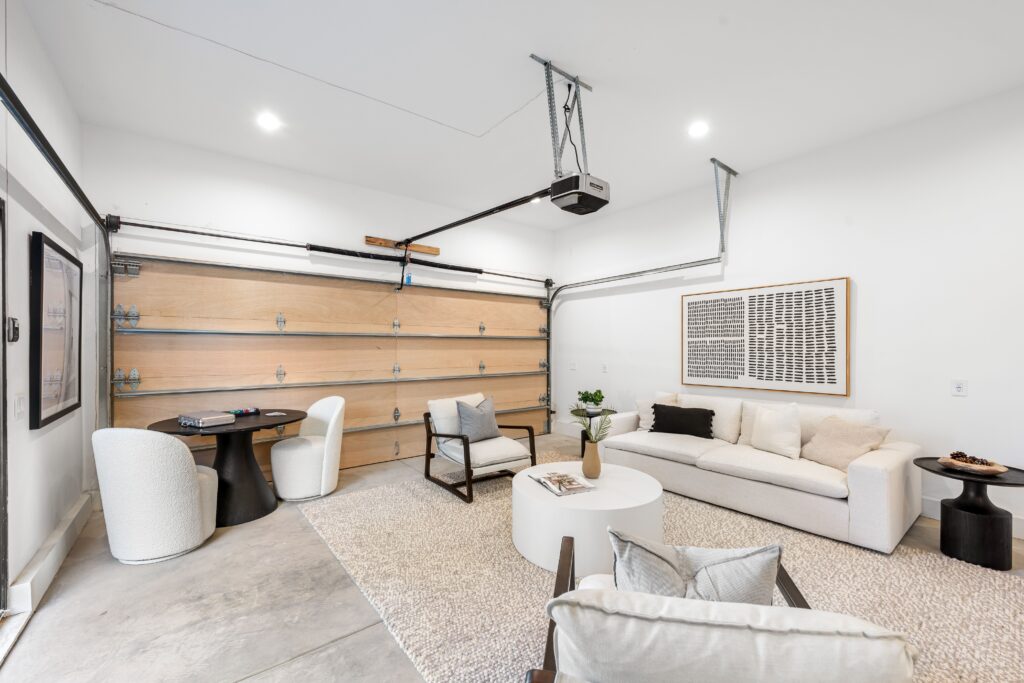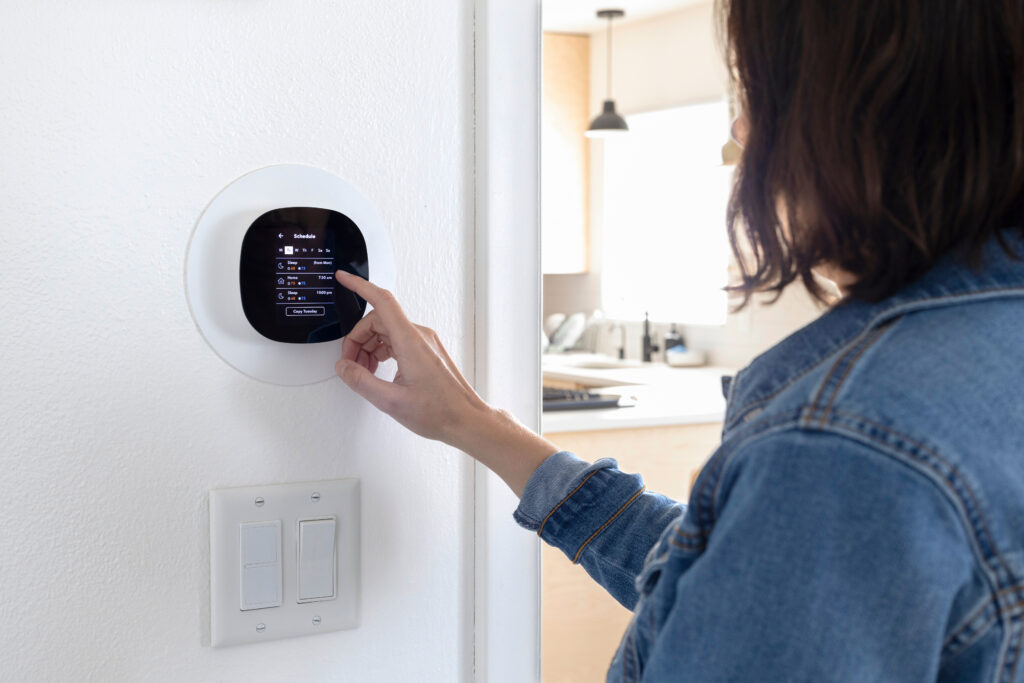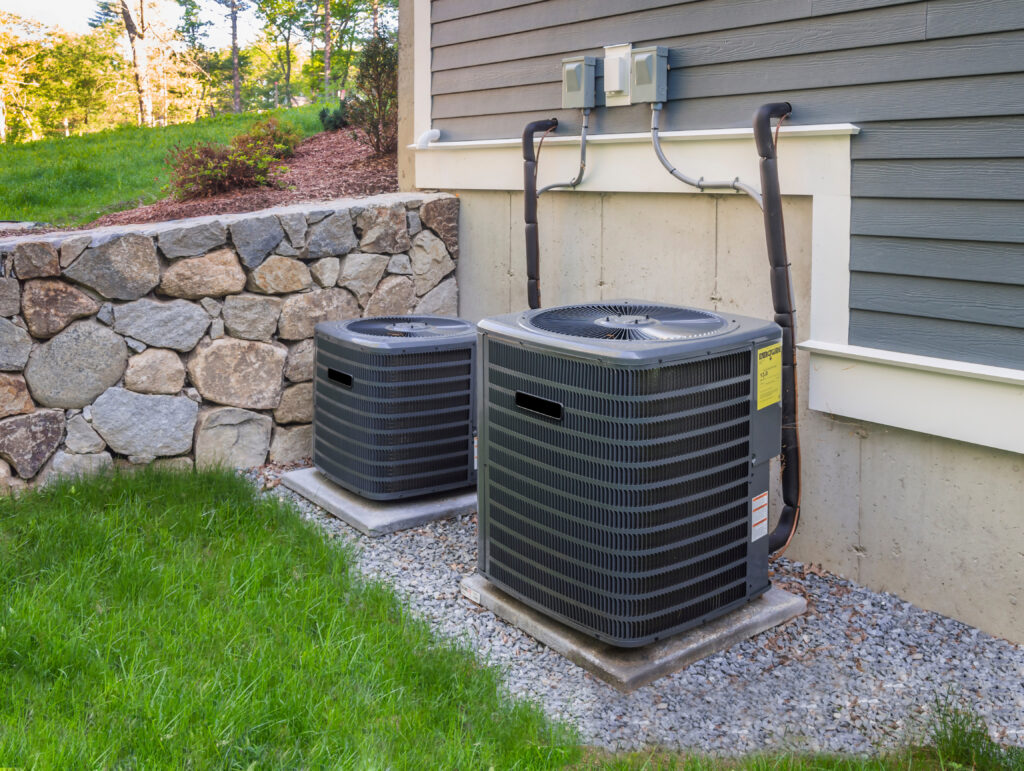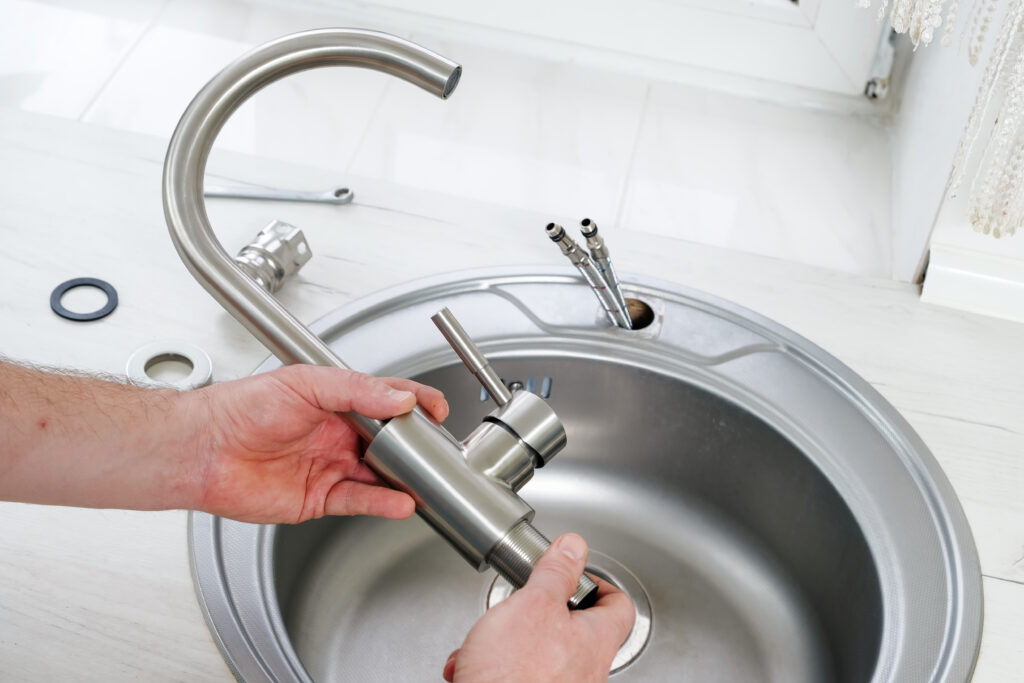Converting Your Garage into a Livable Space: What Homeowners Need to Know
Garage conversions are having a moment—whether you’re craving a new home office, a cozy guest suite, or a full-blown rental unit tucked behind your main house, transforming your dusty old garage into a livable space is a pretty smart move. But—and this is kind of a big “but”—this home improvement isn’t just a quick weekend project. It’s a strategic undertaking that interweaves construction fundamentals, local building codes, smart appliance choices, and, yes, major system upgrades you may not have even considered yet. If you’ve been thinking about swapping that cluttered catch-all for added livable square footage, here’s what you’ll need to wrap your head around before pulling the trigger.
Understanding the Basics of Garage Apartment Conversions
At its core, a garage conversion involves repurposing an existing structure—your garage—into a climate-controlled, fully functioning living space. Sounds pretty straightforward, right? But there’s more under the hood. Unlike a home addition that expands your footprint, a garage conversion optimizes what’s already there. This kind of upgrade shuffles the deck a bit, changing not just how your home works but also how it’s regulated, insured, and, you guessed it, warranted.
Because it’s a retrofit, you’ll be dealing with some challenges like insulation (most garages have zero), heating and cooling load calculations, plumbing and electrical upgrades, and in many cases, structural adjustments. And then there’s zoning—the less glamorous side of home improvement that picks whether your dream she-shed studio even gets off the blueprints. Oh, and you’re also going to want to loop in your home warranty provider. Seriously, we’ll get into that.
Mechanical Systems: The Beating Heart of Your Garage Apartment
Okay, so let’s talk systems—specifically HVAC, plumbing, and electric. Most garages weren’t exactly built with creature comforts in mind, so unless yours already has functioning ducts, a subpanel, or roughed-in plumbing (spoiler: it probably doesn’t), you’re looking at adding or adjusting major systems. Heating and cooling? You’ll want to consider either extending your home’s current HVAC or installing something dedicated, like a ductless mini-split that can be zoned independently. These are efficient, compact, and ideal for smaller square footage. Plumbing is where things get interesting. If you’re adding a bathroom or kitchenette, you’ll need to not only run supply lines but also deal with slope for drainage—hopefully gravity is on your side. Electrical is a bit more of a straight shot; an upgraded subpanel can usually handle the extra load.
Here’s where things can get tangled. Upgraded systems bring more components to the table—more moving parts, more potential points of failure. And with that comes an increased need for technical protection. That’s why this is the perfect moment to align your plans with a solid home warranty strategy. Adding value? Safeguard it too. File that under “one less thing to stress about later.”
Appliances That Support Independent Living
If your converted space is meant for independent occupancy—like a rental unit, guest suite, or multigenerational housing situation—you’ll be looking at more than just a cozy futon and some wall art. You’ll need appliances. Think compact options like under-counter fridges, combo washer-dryers, and space-saving two-burner stoves. The good news: today’s appliance market has plenty of small-space solutions built to work smarter, not larger. The challenge? These mini marvels have a reputation for breaking down more often thanks to their all-in-one designs and more densely packed components. You’re also juggling completely separate appliance ecosystems now, which means double the upkeep without reliable coverage. It starts to feel like an appliance Jenga tower.
This is where you’ll definitely want to consider a home warranty that covers these new—and potentially niche—additions. Yeah, it’s one more thing stacked on your list, but it’s also one of the easiest wins in a project full of uncertainties.
Code Compliance and Inspection Surprises
There’s a fun twist in every garage conversion project—and we’re not talking about vintage rock posters hidden in the walls. It’s the local code. What’s allowed in Pasadena could be banned in Peoria. Many municipalities now encourage garage conversions as housing solutions (hello ADU incentives), but you’ll still need a permit portfolio that covers everything from egress window sizing to R-value insulation standards. Want to install a bathroom? Better prove your sewer tie-ins are up to snuff. Thinking of adding a tankless water heater to save space? Make sure it’s up to code—yes, there are minimum flow rates and venting rules you didn’t know existed until five seconds ago.
Oh, and the inspection phase is no joke. Your converted space will likely be subject to structural and mechanical inspections that are as rigorous as they are random-feeling. This is why we always recommend pulling in professionals who are fluent in your area’s regulations. It’s also a great opportunity to double-check that your home warranty plan includes coverage on the systems you’re adding—some won’t, unless you’ve proactively enrolled those elements.
Common Questions You Forget to Ask Until It’s Too Late
“Will this increase my property taxes?” Yes, probably. Your home’s usable square footage just went up, and that usually triggers a reassessment. “Is resale value a slam dunk after conversion?” It can be, especially in areas where housing is tight. But weird layouts and poorly finished projects can actually hurt value. “Can I use my main home’s utilities?” Yep, in most cases. But the more self-sufficient your converted unit is, the more add-ons you’re introducing to your systems—which loops us back to the importance of holistic protection. A garage conversion is not just finishing a room. It’s adding a slice of living space with its own demands, quirks, and dependencies. Don’t ignore those if you want this space to work for you long-term.
Helpful Tips for Garage Conversion Success
If you’re multitasking your way through this upgrade as much as I am writing about it—snack in one hand, to-do list in the other—here are a few sanity-saving tips. One, start with a pre-conversion inspection. Knowing what’s behind those walls now saves you drama later. Two, over-budget. Seriously, you’ll thank yourself when you hit that unexpected drainage issue or need a noise-reducing insulation upgrade. Three, consider climate. If your garage gets more sun than your backyard grill, you’ll need to think about solar gain and cooling load like, a lot. And finally: match your warranty plan to your upgrade. It sounds overly cautious, but adding a livable space changes your home’s functionality. The protection you had may not be enough anymore, and that gap? It’s nobody’s problem but yours once the drywall is up.
Final Thought: Why a Home Warranty is a Must-Have for Garage Conversions
So here’s the straight answer. Converting your garage isn’t just a cool way to add value and function to your home—it’s a full-scale systems integration. And with more systems come more possibilities for things to go wrong, often in expensive, inconvenient ways. A home warranty from Armadillo is built for this exact kind of real-life homeowner scenario. Whether you’re adding a ductless heater to your garage apartment or stacking in new kitchen appliances, they’ve got modern, customizable coverage that flexes with your home’s upgrades. Head over to Armadillo’s homepage to learn more about how they help homeowners roll with the unexpected. Or start building your perfect coverage plan right now at this link. Because if you’re going to go big on your living space, you might as well go smart on protection, too.


























